Oklahoma in November is normally an incredible place for wildlife and landscapes. Anticipating that, I put together a little photo tour this past autumn and four of us headed for the Wichita Mountains National Wildlife Refuge at Lawton. We were shocked on the morning of the first day when we awoke to high wind and plunging temperatures. In spite of the unusual weather, we tried to anticipate what the animals would be doing. It turns out they did just what we wanted to do…find a place behind the hills and in the canyons to soak up some sunshine and keep out of the wind.
So we dressed for the cold and headed for the hills. The group got some amazing shots and I can only imagine how well they would have done without the wind and cold. Here are a few of my images to show you what is possible in southern Oklahoma in November.
You can click on an image to increase its size and sharpness. By clicking on the right edge of a photo, you can advance through the slide show. Enjoy.
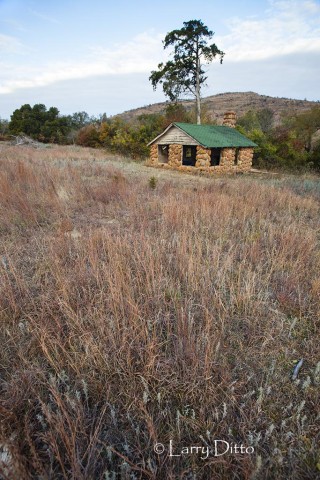
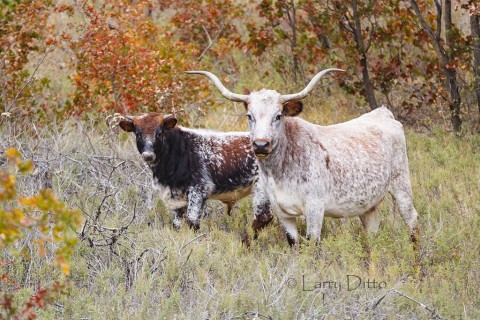
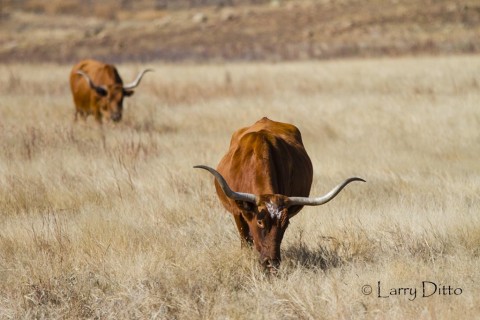
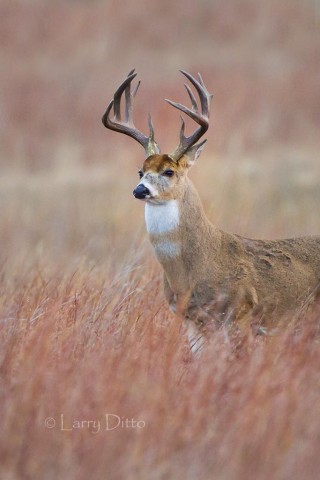
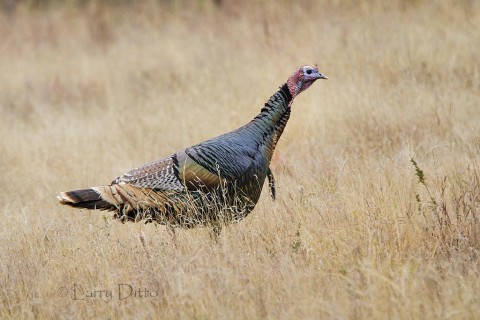
This wild turkey gobbler was part of a flock we photographed from the car. I highly recommend a high quality bean bag for a Wichitas trip.
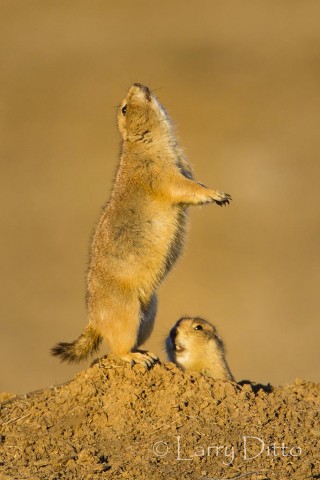
After an hour of patient sitting in a low spot near this burrow, I was rewarded with several interesting photos of these prairie dogs. This shot was done with the Canon 7D, 500 mm lens, 1.4X teleconverter, and Gitzo tripod with Wimberley head. I was wearing camouflage to help me blend into the landscape.
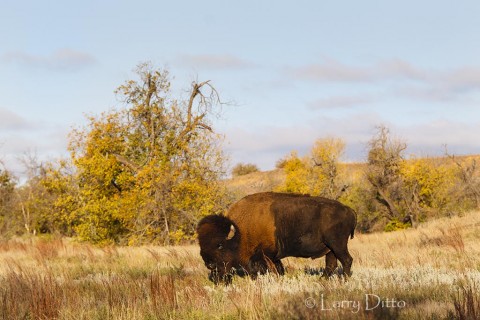
A new 70-200 mm lens was mighty handy for big game photography on this trip.
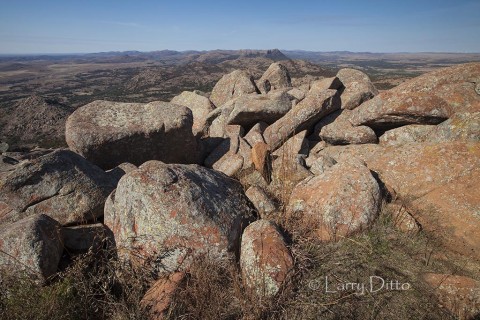
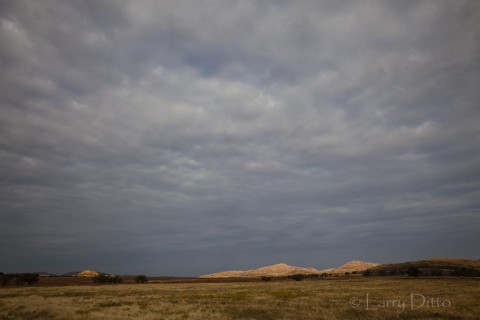
Elk are plentiful at the refuge, but always hard to photograph from a car. In fact, the refuge flourishes with wildlife including many great bird species and landscape opportunities. Its oak covered hills and extensive grasslands can hold a photographer’s interest for many days both in autumn and spring.
I hope you can join me next year.
Larry
